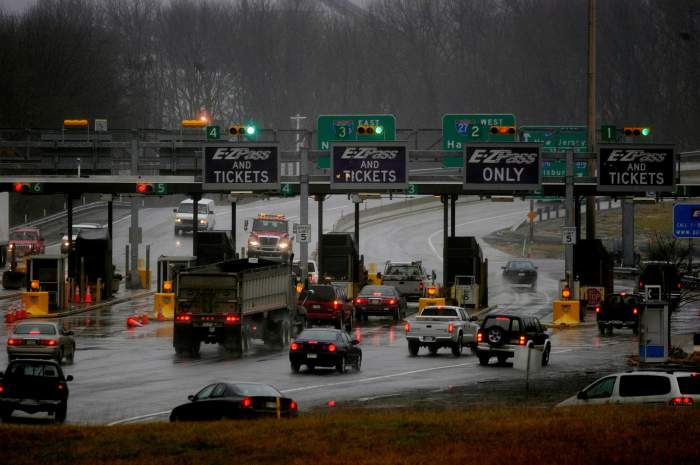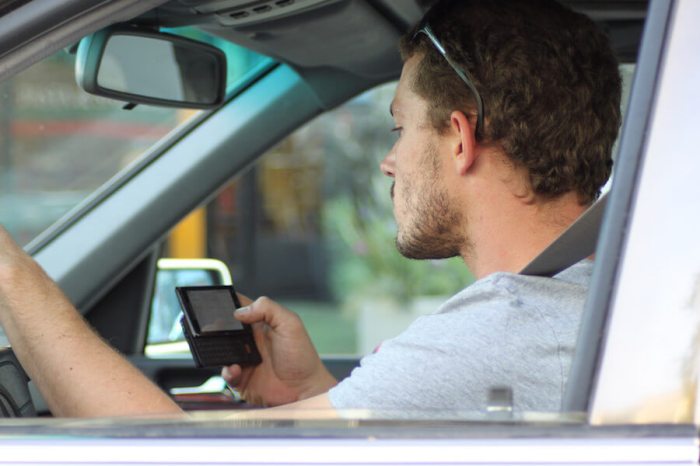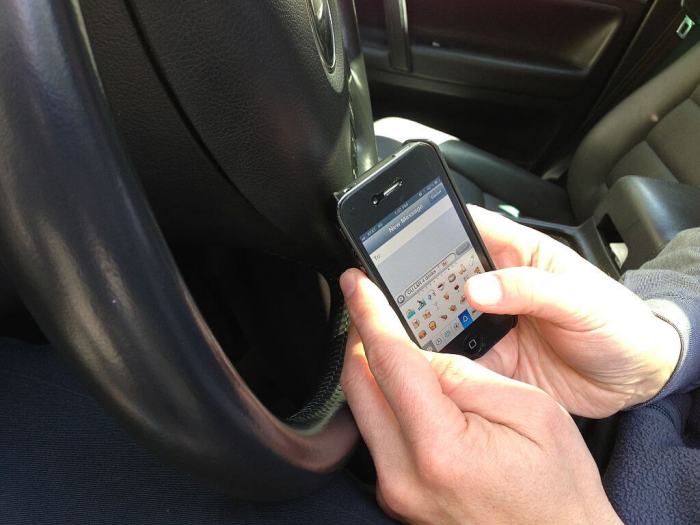Commuting to work is one of those constants in life, right up there with death and taxes. And it’s not getting any better: The average worker’s commute has gotten 20 percent longer since 1980; and more Americans are making mega-commutes – 90 minutes or longer –than ever before. It’s not like sitting in traffic is healthy for you, either. Sitting in rush-hour traffic spikes your heart rate, blood pressure, cholesterol, anxiety and risk for depression. Yeesh.
Our commutes are obviously a function of where we live: Workers who live in large metropolitan areas like New York and Philadelphia are more likely to walk, bike or take public transportation, whereas commuters with fewer mass transit options are more likely to drive. New analysis from Trulia, an online residential real estate tool, reveals how Americans in the Top 25 metropolitan areas commute to work. For people considering a move, this should factor into your decision. If you’re against driving to work, steer clear of the Washington, D.C.-area. Riverside, California, New York and Chicago. Trulia said renters in these cities are likely to face crowded and long commutes, even if they leave early in the morning. NYC ranked 22nd on Trulia’s Driver-Friendliness index; Philly was 14th and Boston came in 18th. But if you’re a fan of Monday morning carpool karaoke, Minneapolis or St. Paul might be the place for you. The Twin Cities topped Trulia’s chart in driver friendliness, as drivers there have the shortest commute than those in any other city analyzed. Seattle and San Francisco followed closely. New York, Boston and Philly are considered the most expensive cities to own a car, according to Deutsche Bank analysts. It’s no surprise, that these three cities are among the best for transit commuters. These three ranked 5th and tied for 7th place, respectively for transit-friendliness. And according to Trulia, New York City and Boston have the most subway-riders in the nation. Today, Trulia is also announcing its Rent Near Transit tool, an interactive product that combines transit maps and rental listings to help renters filter properties located near the transit stations they need. Rent Near Transit launches for Boston’s MBTA, the New York Subway, Philadelphia’s SEPTA system, the Washington, D.C., Metro and Bay Area Rapid Transit (BART).
Renters will also be able to compare median rental prices by transit station, with regular market updates, to get a greater understanding of the local market.
“We know that 70 percent of renters want to be close to their job, school or transit, and that they are often in a crunch to find a new home fast,”said Yardley Ip, Trulia Rentals general manager, in a statement. “By combining rental listings with transit lines, Rent Near Transit filters out listings that are not convenient for a renter, so they can move fast in finding their next perfect home.”
Hate driving to work? Don’t live in these cities

Burger/Phanie via Getty Images


















